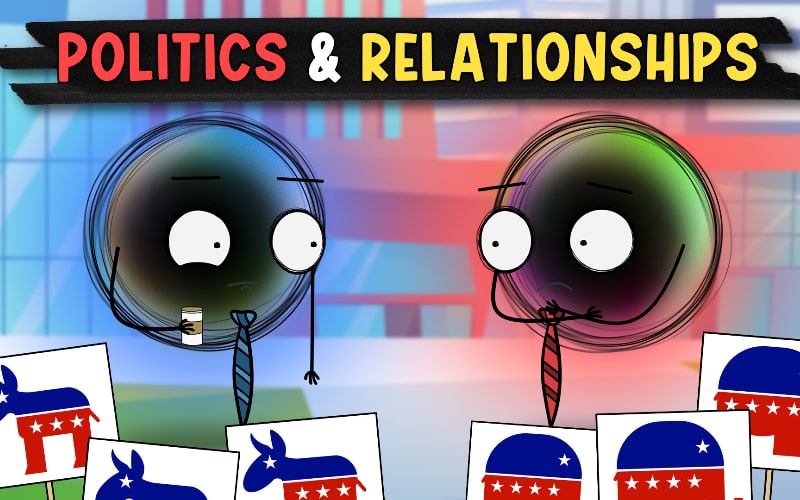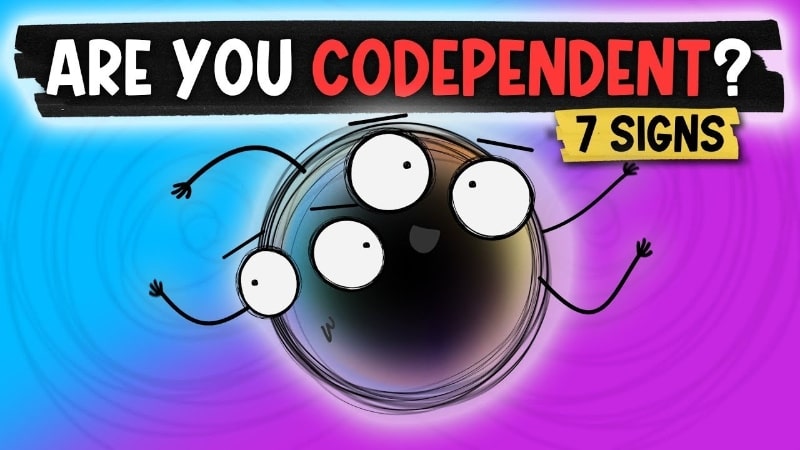We’re all wearing armor. Every single one of us. You might not be able to see the armor I’m talking about, but trust me, it’s there.
These are the shells, the masks, the deflections we use to protect ourselves from vulnerability and the possibilities of rejection, embarrassment, and pain.
For some of us, our armor looks like the joke-cracking class clown that hides behind humor. Never taking anything too seriously so you never get hurt.
For others, it’s the workaholic who’s so hyper-focused on productivity and accomplishments that there’s no space for emotions or meaningful connections.
Or perhaps your armor comes in the form of ego and arrogance. You refuse to show anything other than extreme confidence because vulnerability is a sign of weakness.
We all have our armor. And while it usually does offer us some protection, it’s also robbing our lives of meaning, belonging, and true connection.
Because to discover the power of vulnerability is to truly LIVE.
This post may contain affiliate links from our partners and we may receive a commission if you purchase through these links. This helps support our channel at no additional cost to you. We appreciate your support! 🫶🏼
What is Vulnerability?
Vulnerability is the ability to open oneself up emotionally and let one’s true thoughts, feelings, and imperfections be seen by others.
It requires the courage to show up authentically with your whole imperfect self – emotions, struggles, fears, and all – even when it leaves us exposed or susceptible to potential hurt.
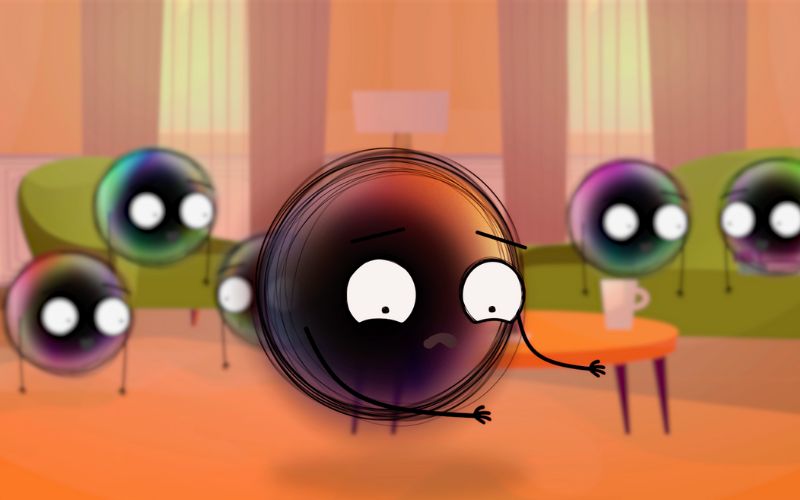
At its core, vulnerability is about:
- Emotional risk and exposure
- Uncertainty and lack of control
- Authenticity and wholehearted living
It means admitting our mistakes, fears, insecurities, and areas where we need help or support from others.
Brené Brown, a research professor who has studied vulnerability for over a decade, defines it as “the courage to show up and be seen when you can’t control the outcome.”
Vulnerability is not the same as oversharing or lacking boundaries.
Rather, it is about cultivating the self-awareness to understand our deepest emotions and the willingness to share appropriate parts of our genuine selves with others in a respectful way.
Many people struggle with vulnerability because they have been taught that it is a sign of weakness or a lack of self-control.
However, the ability to be vulnerable actually requires tremendous courage, self-confidence, and emotional strength.
Embracing vulnerability takes practice, but it leads to a more authentic, fulfilling life.
Vulnerability in Society and Culture
The degree to which vulnerability is embraced or discouraged varies greatly across different societies and cultures around the world.
In many Western, individualistic cultures, there is a pervasive notion that one must project strength, confidence, and self-sufficiency at all times.

Admitting mistakes, asking for help, or showing emotions like sadness or fear is often perceived as a lack of capability or leadership ability.
This cultural stigma makes it very difficult for people, especially those in positions of power or authority, to openly practice vulnerability.
However, in various Eastern and indigenous cultures with a more collectivist worldview, vulnerability is more readily accepted and even celebrated as a way to build trust, empathy, and social cohesion within communities.
Sharing one’s struggles, imperfections, and need for support from others is not seen as shameful, but rather as a normal and necessary part of the human experience.
Importantly, the value and impact of vulnerability transcends the boundaries of any single culture or society.
Examples of Vulnerabilities
In realms like leadership, parenting, education, and social justice movements, those who are willing to be vulnerable and lead with authenticity often inspire the greatest positive change.
For example, great leaders like Dr. Martin Luther King Jr. and Nelson Mandela showed incredible vulnerability by being open about their fears, doubts, and struggles in the face of tremendous adversity.
Their willingness to be real and emotionally transparent gave others courage and strengthened collective resolve.
In the corporate world, CEOs and executives who practice vulnerability by admitting when they don’t have all the answers and asking for input from employees tend to cultivate more innovative, engaged, and loyal teams.
Ultimately, while societal attitudes vary, vulnerability has the power to facilitate deeper human understanding, connection, and progress when embraced authentically across all cultures and contexts.
It allows people to relate to one another on a more genuine level and work together towards meaningful change.
Understanding the Power of Vulnerability
“There is no courage without vulnerability.” – Brené Brown
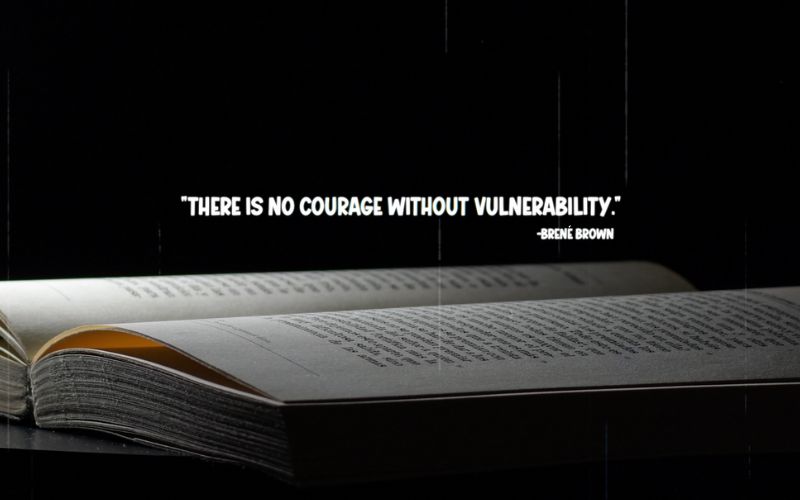
In our society that glorifies perfection, vulnerability takes tremendous courage. But it is this willingness to be imperfect that allows us to cultivate:
- Deeper human connections and empathy
- Self-compassion and sense of self-worth
- Creativity, innovation, and wholehearted living
Vulnerability is not weakness; it is our greatest measure of courage.
These are just some of the powerful messages in Brené Brown’s book, Daring Greatly.
Brené Brown discovered that people who have a strong sense of love, belonging, and courage in their lives are the ones who fully embrace vulnerability.
Meanwhile, those who numbed themselves to vulnerability and opted out of daring greatly, as she calls it, lived lives of disconnection and disengagement.
When we shut off and hide vulnerable feelings, we’re also cutting ourselves off from vital human experiences like empathy, trust, joy, creativity, and innovation.
It’s like living life with chains weighing us down rather than feeling free and able to fully engage with the world around us.
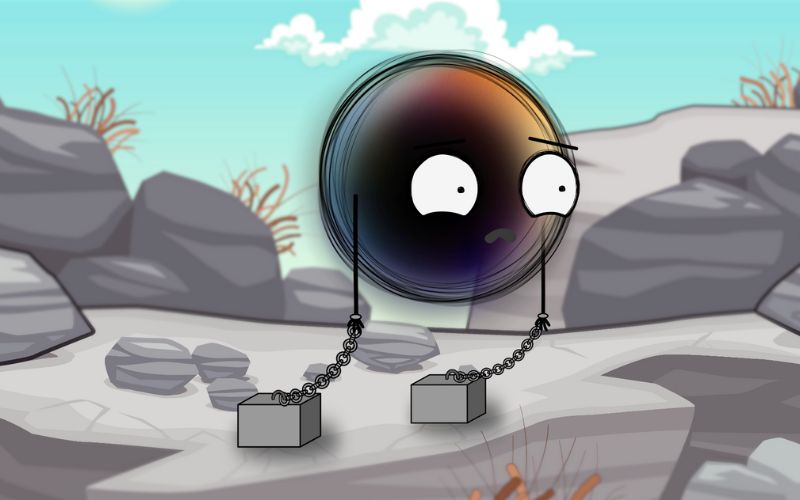
So, why are we so resistant to vulnerability?
Why We Resist Vulnerability
Well, part of it stems from our beliefs about what vulnerability means.
Many people mistakenly associate vulnerability with weakness. The word tends to have a negative connotation, but really, it just means being open.
But taking our armor off around others allows them to take advantage of our openness. It leaves our castle undefended.
An attack during this time can devastate us and shake our foundation. It often makes us build up our defenses even more to make sure it never happens again.

This conscious choice becomes a habit over time and before we know it, our hearts and our minds are guarded like Fort Knox.
It leaves us with thoughts of:
- “I shouldn’t get too excited because…”
- “I shouldn’t invest too much of myself into this because…”
- “I probably shouldn’t speak up about this because…”
Because of Fear. Rejection. Failure. Hurt. etc. Each one of these emotions becomes another building block in our defense, solidifying our walls and our beliefs.

But the problem with this is that when we build our walls so high, no one else can get in.
The Problem With Numbing Vulnerability
While building emotional armor to avoid vulnerability may seem like a useful coping mechanism, it comes at a huge cost.
The thing with emotions is that you can’t selectively numb them. You can’t keep the good and turn off the bad.
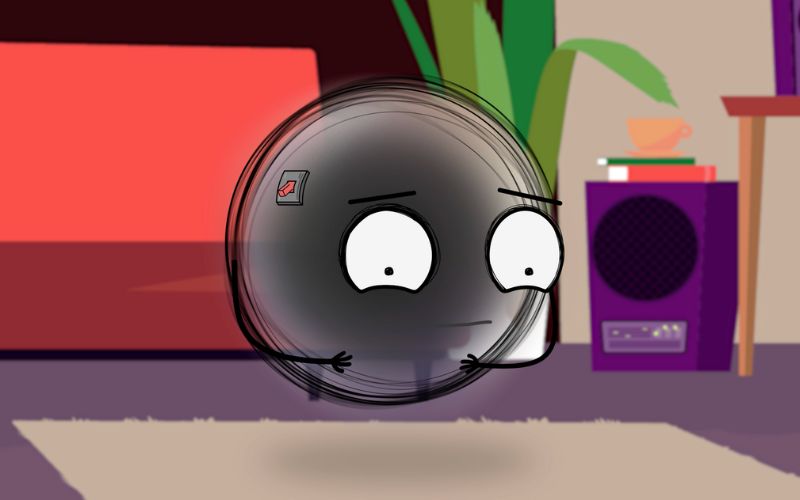
You can’t just turn off anger, shame, anxiety, grief, or fear and still allow yourself to feel courage, joy, and gratitude. It’s an all-or-nothing deal.
Numbing vulnerability means numbing life itself – the full range of emotions that give life its richness, beauty, and meaning.
While our armor provides a cozy sense of control, it keeps us from ever being seen. We stay trapped, merely watching life go by instead of actually LIVING it.
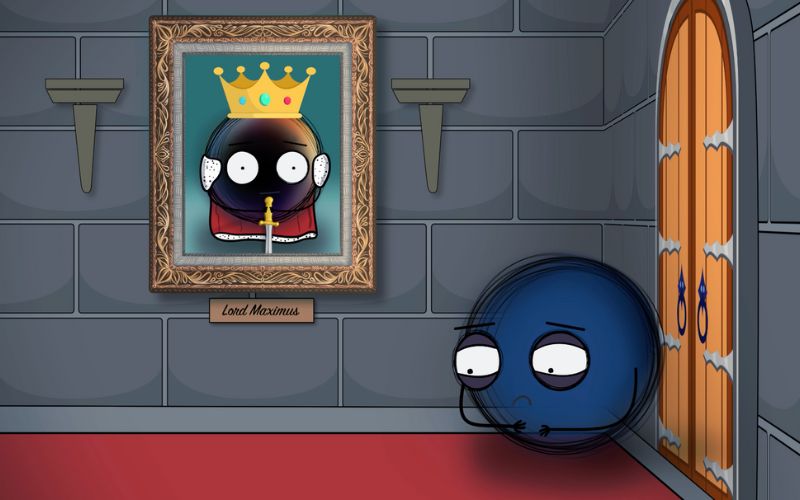
By closing ourselves off from vulnerability, we erect emotional walls, or armor, that provide a cozy sense of control, but that also keep others at a distance.
Living in the Void
Numbing makes us feel emotionally “dead” inside and traps us in an unfulfilling, disconnected existence. We remain on the sidelines, unable to wholeheartedly engage and find the true belonging, love, and joy that vulnerability allows.
In order to feel the highest highs, you have to be willing to risk the lowest lows.
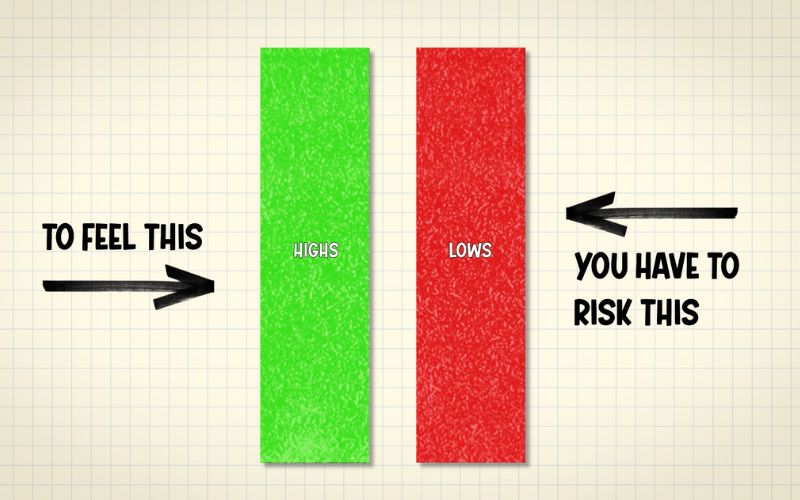
To accept this risk and live in spite of it is to be vulnerable.
While it may seem safer to stay armored up, the greatest risk is a life unlived. A life where we never allow ourselves to be truly seen or to see others.
An existence devoid of meaning, connection, and purpose that can only come from being vulnerable.
What True Vulnerability Looks Like
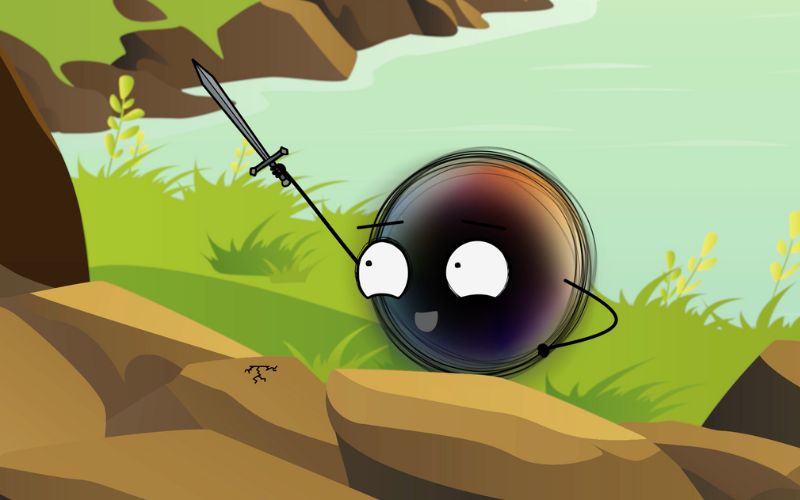
True vulnerability means being authentic with your emotions, your stories, your experiences, your struggles, and your imperfections. Even – and especially – when it’s ugly and messy.
True vulnerability is not oversharing indiscriminately or purposefully making yourself look bad.
It’s not airing all your dirty laundry or using struggles as excuses. Vulnerability requires boundaries and discernment about what you share and with whom.
It’s having the courage to be imperfect in a world that blasts us with perfectionism on TV and social media at every turn.
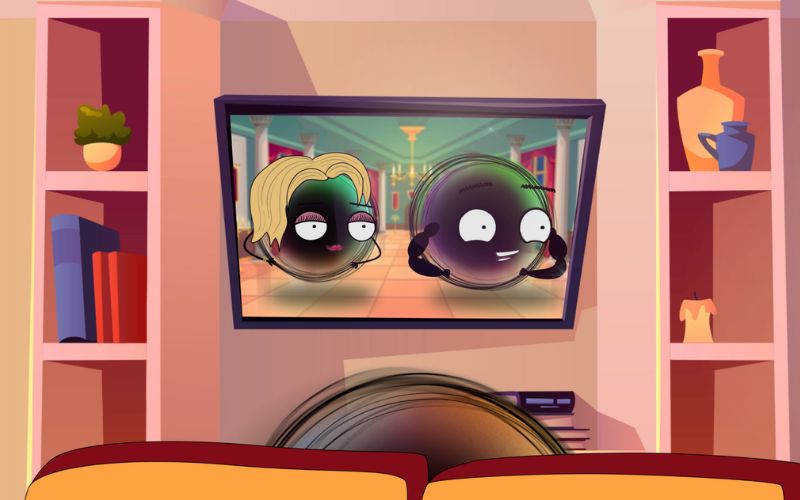
At its core, being vulnerable means:
- Authentically showing up with your whole, imperfect self,
- Having the courage to be emotionally honest and share all your real experiences (even the painful ones),
- And letting go of who you think you “should” be to embrace who you truly are, flaws included.
Vulnerability is about daring greatly despite the risks of failure, rejection, embarrassment, or getting hurt.
It’s choosing courage over comfort by not insulating yourself behind protective armor and masks.
Inspiring Vulnerability in Others
The cool thing is that vulnerability breeds vulnerability. When we open up and dare to take emotional risks, it inspires others to do the same.
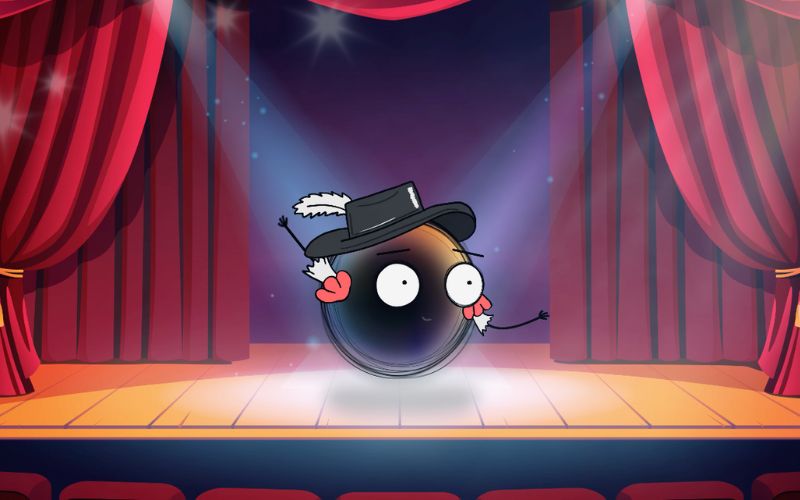
And as connections deepen, our sense of worthiness grows too. We’re able to let go of who we think we should be in favor of being who we are.
Your willingness to be emotionally exposed creates a ripple effect that gives others permission to do the same.
Are you ready to start being who you were truly meant to be?
How to Practice Vulnerability
The power of vulnerability, or daring greatly, can feel terrifying at first, so make sure you take it in steps.
You don’t have to let all of your guards down at once.
You don’t have to bare your deepest insecurities right away. Start by sharing something relatively minor but still personal – a struggle you’re having, a fear, or a mistake you made.
Getting used to smaller vulnerable moments makes it easier to open up further.
2. Choose Carefully Who You Open Up To
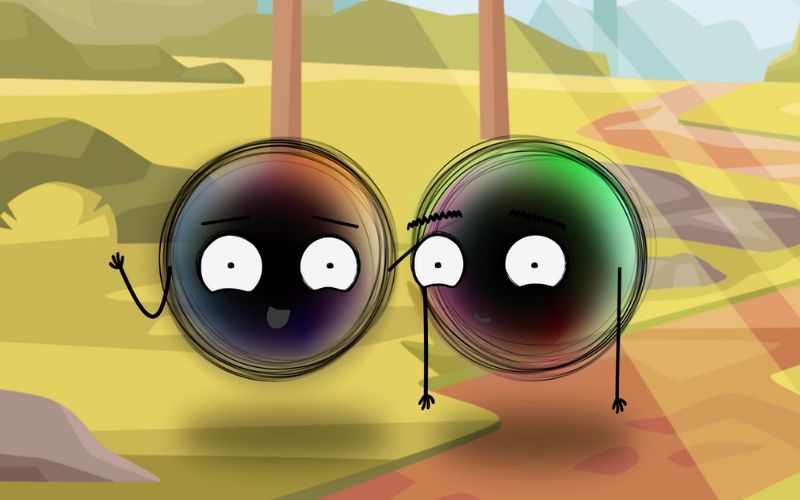
Vulnerability requires trust, so consider who you want to be vulnerable with.
A close friend, family member, or partner might be a safer space to start than acquaintances or colleagues.
Share it with someone who deserves it. Who has earned the right to see the real you? Messy version included.
3. Recognize How You Numb Vulnerability
Consider what you might be using to mask your vulnerability. Do an inventory of how you might be numbing and protecting yourself.

Here are some common ways that numb our emotions:
- Work
- TV
- Ego
- Humor
- Alcohol
- Anger
Start to recognize these familiar masquerades and work on letting them go.
4. Let Go of Numbing Behaviors
Once you’ve identified how you numb vulnerability, make a conscious effort to let go of those behaviors, even if just temporarily at first.
This allows the vulnerable emotions and experiences to surface.
5. Lean Into the Risk
Vulnerability always carries a risk of rejection, embarrassment, or pain. But it’s exactly that emotional risk and uncertainty that allows for transformation.
Lean into the discomfort – that’s where the real growth happens.
6. Be Patient and Self-Compassionate
Embracing vulnerability is a practice, not a perfection. There will be times you still default to your emotional armor. You won’t likely be able to let go of everything at once. It takes practice.
Be patient with yourself and have self-compassion as you build this muscle.
Is this risky? Sure.
But discovering the power of vulnerability is where the real magic and opportunities for transformation live.

The greatest risk would be not truly living at all.
FAQs About the Power of Vulnerability
What is the power to be vulnerable?
The power of vulnerability is that it allows you to live more meaningfully and cultivate deeper human connections. Being vulnerable means having the courage to show up authentically with your whole imperfect self – emotions, struggles, and all.
This creates a ripple effect that inspires vulnerability and empathy in others.
Is there power in vulnerability?
Yes, there is immense power in vulnerability. In her years of research, Brené Brown found that those who embrace vulnerability have a stronger sense of love, belonging, and courage in their lives.
Vulnerability is the birthplace of innovation, creativity, and other experiences that bring purpose and vitality.
While it carries risks, being vulnerable enough to be imperfect is ultimately what allows you to be truly seen and live wholeheartedly.
What does Brené Brown say about vulnerability?
Brené Brown defines vulnerability as “the courage to show up and be seen when you can’t control the outcome.” Her research shows that people who numb vulnerability lead lives of disconnection, while those who dare to be vulnerable cultivate deeper human connections, empathy, and a sense of self-worth.
What is the Ted talk “The Power of Vulnerability” about?
In her famous TED talk, Brené Brown discusses her research findings that vulnerability – the willingness to show up and be seen with no guarantees – is the only path to more love, belonging, joy, empathy, innovation and creativity in our lives.
She dispels the misconception that vulnerability is weakness, explaining how it is our most accurate measure of courage to embrace our imperfections and emotional risk.
Start Embracing Vulnerability Today
Embracing the power of vulnerability is one of the most courageous things we can do as human beings.
It requires showing up authentically with no guarantees, daring to be imperfect, and emotionally exposed despite the risks of rejection, failure, or getting hurt.
It is this very willingness to be vulnerable that allows us to cultivate deeper human connections, a profound sense of self-worth, and the ability to truly live wholeheartedly.
While it’s understandable to want to armor up and numb ourselves from difficult emotions, doing so ultimately robs us of the full human experience.
We cannot selectively numb – shutting out vulnerability means shutting out all emotions, good and bad. It leaves us disconnected, merely watching life go by rather than engaging fully.
The greatest risk is not daring to be vulnerable.
So have the courage today to peel off a piece of your armor. Inspire the power off vulnerability in others by modeling what it looks like to dare greatly.
It may feel uncomfortable at first, but that is where the real transformation happens.
